Cross-Curricular School Trips To Beijing, Mount Tai & Qufu
Students will get a tangible experience of Chinese culture, language and history, one they couldn’t get in the classroom.
Highlights
The magnificent Forbidden City palace complex
Confucius's Temple, mansion and tomb in Qufu
Mount Tai, China’s most sacred peak
The Iconic Great Wall of China
Warwick SchoolThank you so much to all at Travelbound for making the trip such a very great success. The itinerary was incredible and the organisation the best that I have ever known on a school trip.
Suggested itinerary
What's included*
*Visa costs not typically included in price
Recommened excursions
It was here on October 1st 1949 that Chairman Mao Tse-Tung announced the founding of the People’s Republic of China to the world. Built during the Ming Dynasty the square is named after Tiananmen Gate, which lies to the north. It’s the third largest of its kind in the world and a significant cultural landmark with the People’s Heroes monument in the centre.
This palace lies at the heart of Beijing and was the home of the emperors for over 500 years. Completed in 1420, it is the biggest palace complex in the world covering 74 hectares. Surrounded by a 52m-wide moat, it’s an adventure to explore the labyrinth of rooms, halls and gardens with magnificent decoration and rare curiosities throughout.
Situated just outside Beijing, the Summer Palace is the grandest and most well preserved park in China. Construction began in 1750 on these luxury gardens for the royal family, and gradually they have been developed into the magnificent expanse of lawns, streams, bridges, secret gardens and pavilions scattered across the shores of the Kunming Lake.
Considered to be one of the wonders of the world, the Great Wall today was built in Ming Dynasty and is over 6,000 km long. An amazing feat of defensive architecture, intended to protect the Chinese Empire from invaders, it winds a path over rugged country and steep mountains. Sections within easy reach of Beijing have been restored so that visitors can walk on the wall and see the watch towers.
Once used by emperors in the heaven worship ceremony, the temple park in Beijing is now one of the grandest examples of China’s sacrificial buildings. First built in 1420, the temple has been enlarged and rebuilt by both the Ming and Qing dynasties. At the heart of the Temple is the Hall of Prayer for good harvest, where the Emperor requested good harvests in his divine capacity as the son of heaven.
The Legend of Kung Fu tells the story of how the famous martial art originated, with a young monk on the path to enlightenment and the trials he encounters on the way. Fusing modern dance with traditional Chinese arts, it has an important message told through spectacular performances of Kung Fu and acrobatics, making it easy to follow the plot.
Mount Tai is a Cultural and Natural World Heritage site and the most famous sacred mountain in China. Worshiped since the neolithic period, the rock mass rises to 1,545m creating one of the most beautiful landscapes in China. The temples, inscriptions and relics are a source of inspiration to scholars and artists, having major impact on China’s culture.
The family estate of the great philosopher and politician of the 6th-5th centuries BC is the largest of its kind in Chinese history. The sprawling residence comprises over 250 buildings, with historical examples of luxury interiors, exquisite decorations and precious cultural relics. The cemetery’s botanical gardens have trees that are so rare, their proper names are still unknown!
The ancient art of Chinese calligraphy is still widely practised and respected in East Asian culture. It’s about capturing life through traces on silk or paper, a dynamic technique prized for both its aesthetic and expressive qualities. Students take part in a lesson by a skilled calligrapher, and keep their finished sheets as a memento to take home.
China’s national opera is a performance art incorporating singing, reciting, acting and martial arts. The music plays a key role in setting the show’s pace, creating a particular atmosphere, shaping the characters and guiding the progress of the stories. Performance is characterized by a formulaic and symbolic style with actors and actresses following established choreography. Traditionally stage settings and props are minimal, costumes are flamboyant and face make-up exaggerated. This lesson will give students a better appreciation of Peking opera and a deeper understanding of Chinese culture.
Dumplings (Jiaozi) are a major part of Chinese New Year fair, but enjoyed all year round. They’re made by filling thinly rolled dough with ground meat and vegetables and are usually eaten with a soy vinegar dipping sauce. They’re always popular with the students, so it’s great for them to learn how to make such a simple and versatile dish.
Confucianism is an important philosophical system originating in the teachings of the Chinese thinker Confucius. The concepts are based on humanism and focus on the family and work over gods and the afterlife. The lecture is an excellent way to help students understand how China’s modern culture has been shaped by Confucius’s ideology.
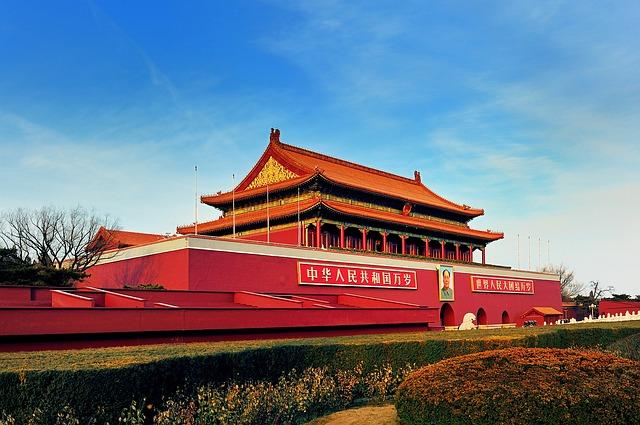

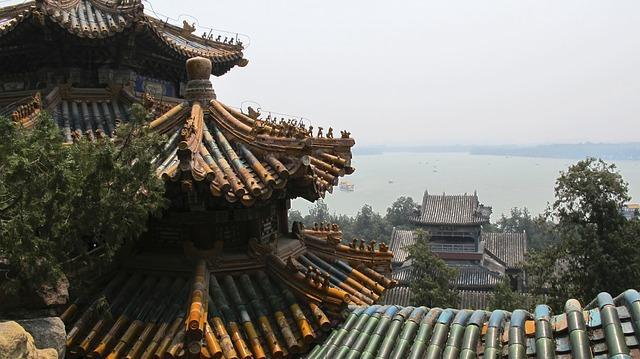
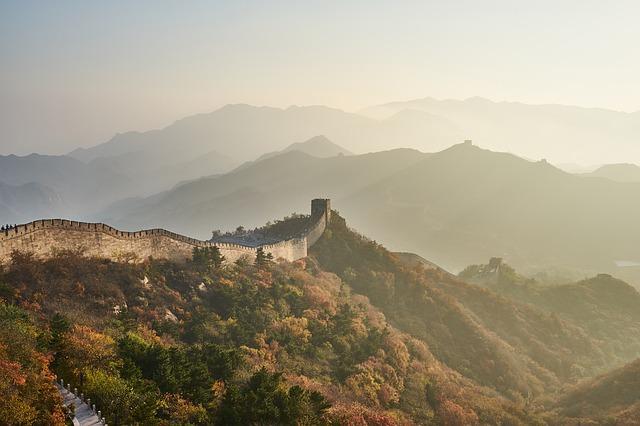
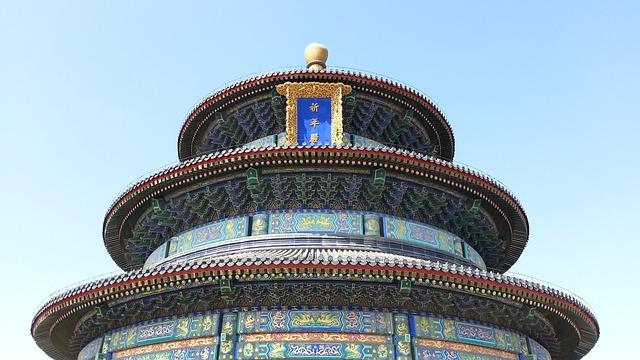
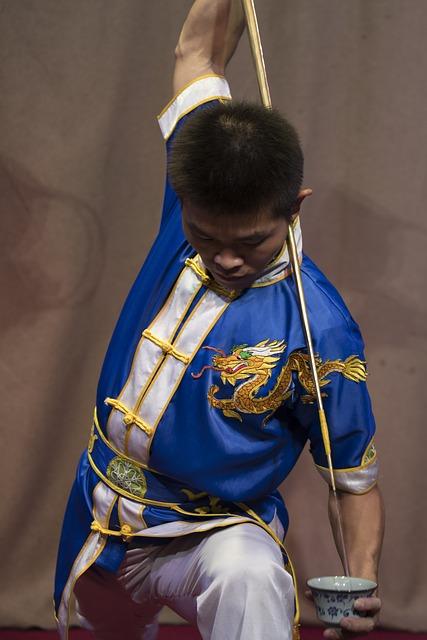
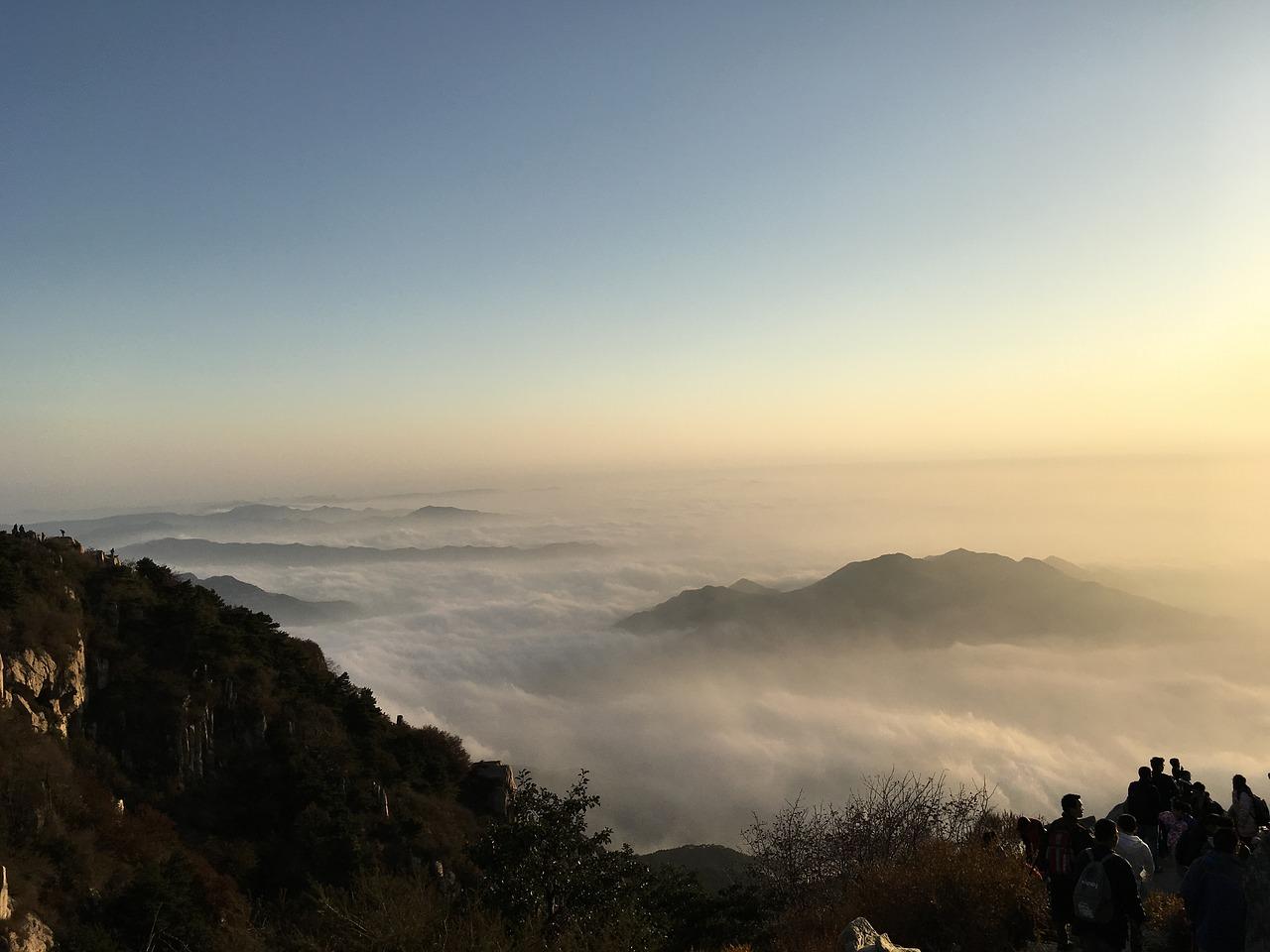
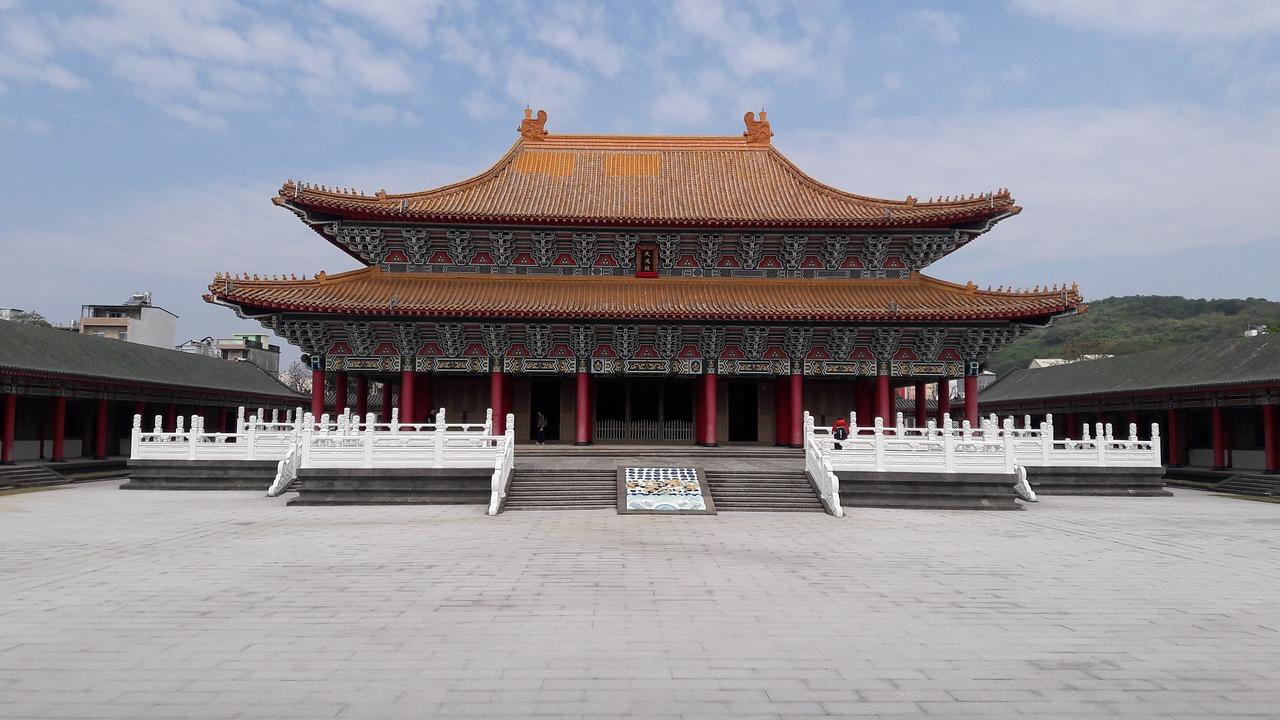
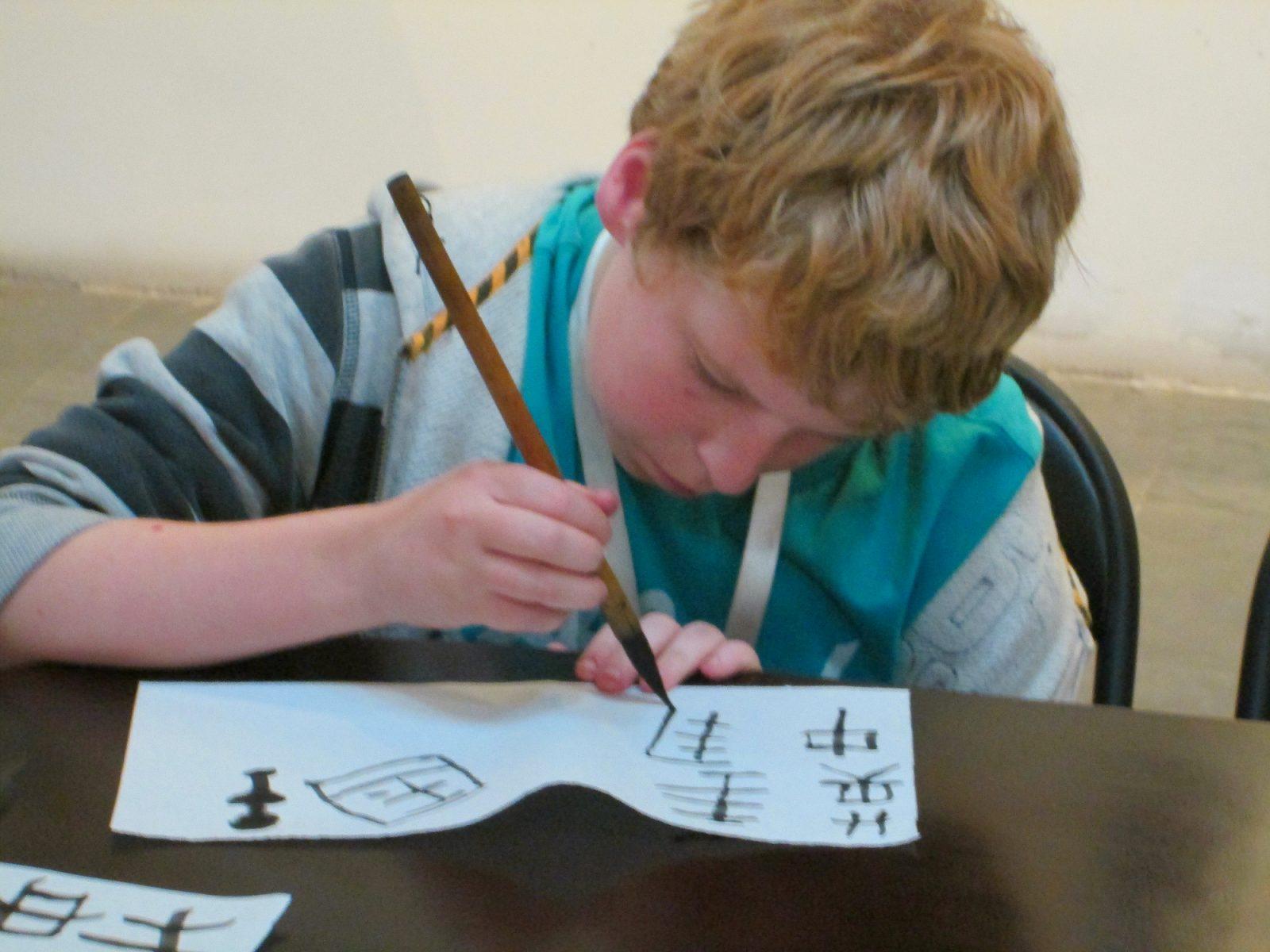
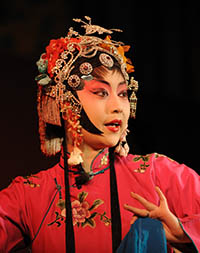
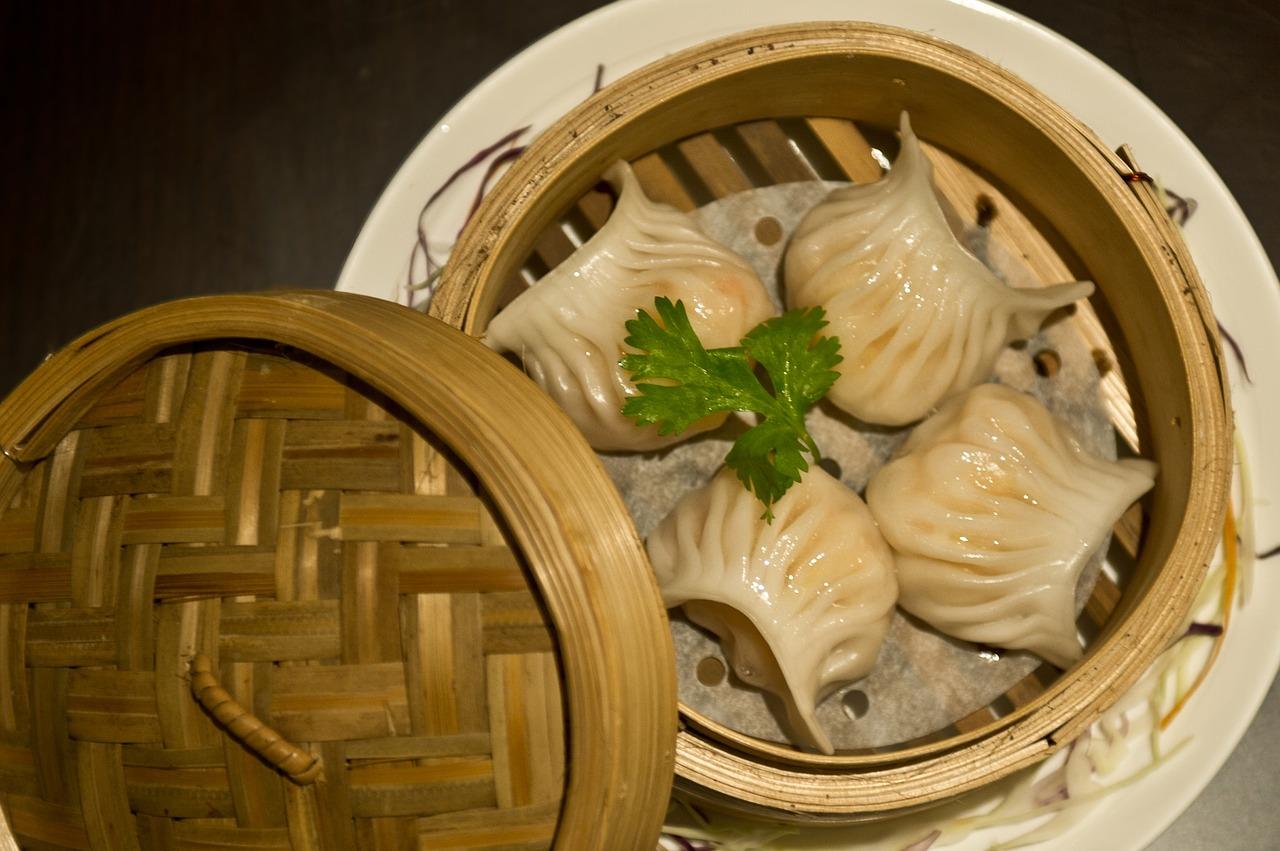
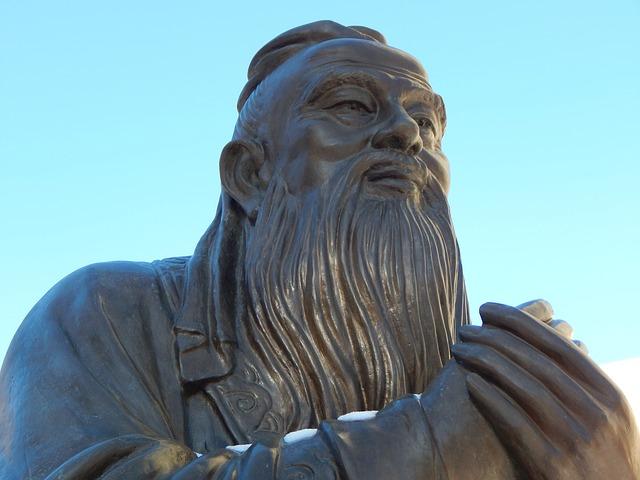
Typical accommodation
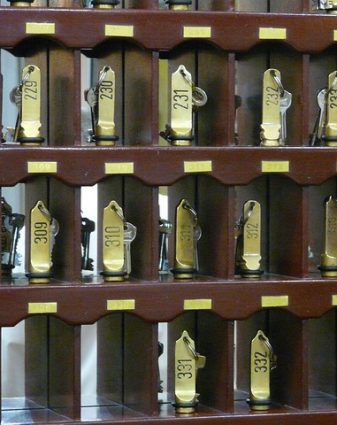
Why groups like it:
Facilities:
Learning outcomes
Subject focus
Students can:
- Experience learning outside the classroom in another country – the culture, history, politics, geography, art and philosophy
- Gain a deeper understanding of Chinese history, politics and philosophy
- Understand Chinese religious beliefs
- Develop an understanding of China’s economic and political role in the modern world
- Build confidence and learn to value the skills and techniques needed for personal and team success
- Broaden the mind through the study of another culture
- Discover, explore and have fun with fellow students and teachers
Student outcomes
Students will have an opportunity to:
- Visit a foreign country and experience another culture
- Consider a range of issues around citizenship and history
- Gain a better understanding of China’s role in the modern world
- Ascend one of China’s five sacred mountains, Mount Tai, and understand its historical, religious and cultural significance
- Gain a better understanding of daily life in China and how ancient philosophy influences Chinese culture
- Gain independence and self-confidence
- Strengthen existing friendships and make new friends
Related tours
There is so much to discover in Barcelona, from football to fashion, art to architecture, and of course language. The Catalonian capital is a perfect hub for every subject, which makes Cross-curricular school trips to Barcelona a great option for a multi-subject school tour.



